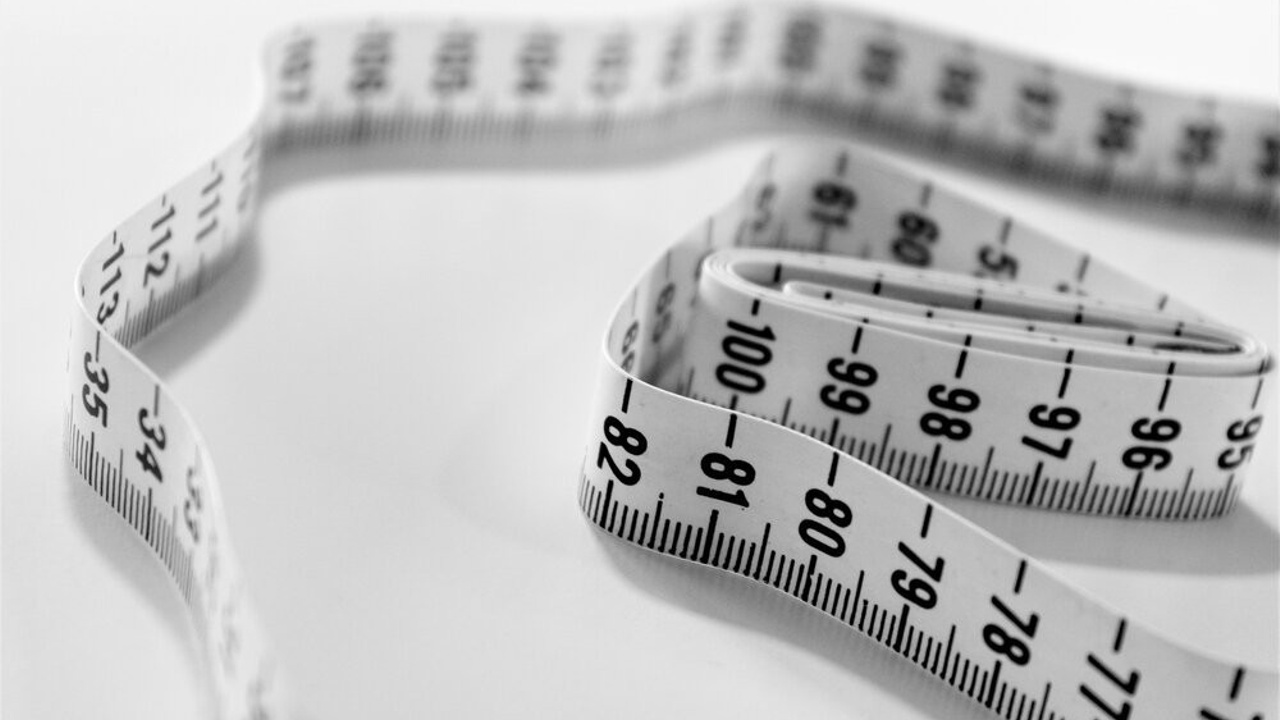Body Composition
Feb 15, 2021
Beyond a fat percentage
Anthropometry or Kinanthropometry is a term to describe and assess physique in athletes and individuals. Even if you are not heading for the next Commonwealth Games or Olympics, assessing physique characteristics helps us to monitor changes with training programs, describe our body shape, guide us to predict a safe weight loss and can track certain health data. In many sports including long-distance running; where body mass must cover a great distance, being lean can be an advantage. Optimising body competition can offer a competitive advantage for some sports.
It also allows us to track whether the desired weight is both healthy and realistic for the individual. This includes identifying excessively low body fat mass which may become detrimental to health. Regular assessment and tracking of body composition is an important component of monitoring change in periods of training cycles and nutrition.
Beyond sport, however, improving and tracking body composition including lean mass (muscle mass) can help us to improve health. For example, it has been shown that having a greater lean mass may reduce the risk of developing the metabolic syndrome (Park B et a l2013) bone loss (Ho-Pham L 2014) and problems associated with age-related muscle loss or sarcopenia (Lee J et all 2016; Wolf R 2006) such as strength, gait, risk of falls and tasks of daily living. Body composition can be measured in a variety of different ways using different methods all with their own pros and cons. Gold standards include underwater weighing and BOD POD which used air displacement as a way to measure body volume.
In practice in a clinical setting or on pitchside, measuring body composition on a regular basis to track changes needs to be quick, effective, inexpensive and non-evasive.
A body composition profile (ISAK) includes somatotype, which is a 3- number rating of body shape and composition of adiposity (endomorphy) muscularity (mesomorphy) and linearity (ectomorphy).
A number of different girths (circumferences) are measured including bicep and calf width. These can be used to track changes in muscularity. These additional measures can be useful as part of the complete profile to track changes and help to assess how effective a training or nutrition intervention has been. These are best taken at the beginning and end of strength training cycles or nutrition/dietary interventions.
Skinfold thickness measures are used routinely in elite team sports and athletes to track changes in body composition; giving us an idea of subcutaneous adipose (below skin body fat) tissue mass. Usually, 8 skinfold measures are taken from the lower and upper body with the sum of these measures being used to track changes. Weight, height, waist and hip measures are also taken to complete the profile and health data. So; you have stood for the best part of an hour in shorts being measured now how do you interpret the data? Well, it’s not all about the body fat percentage figure! OK, so most want to know what our magic number is but what does it mean and how do we interpret the data we have collected? Essentially having this number means very little if we want to track changes, change training or nutrition programmes and to know that they are being effective.
Working with a sports scientist or registered performance dietitian will help you to interpret the data giving realistic and achievable body composition goals. Normative data from published values of athletes across a variety of sports can be used as a guide to goal setting. Interpretation of the data is usually discussed and measured in terms of the total sum of skinfolds rather than a percentage which can be used to track changes over time and gives us a value to compare with ‘norm’ values. So; tracking different skinfolds gives us an idea of what is changing and where rather than just a single percentage figure! We also use your somatotype data and girth measures to help us interpret these results.
Essentially … ‘what is measured is managed’!
4thDiscipline are happy for coaches and athletes to download and print copies of this document. However, all we ask that you state 4thdiscipline being the author. You are not authorised to change or copy the content without the use of the 4thdiscipline brand.
